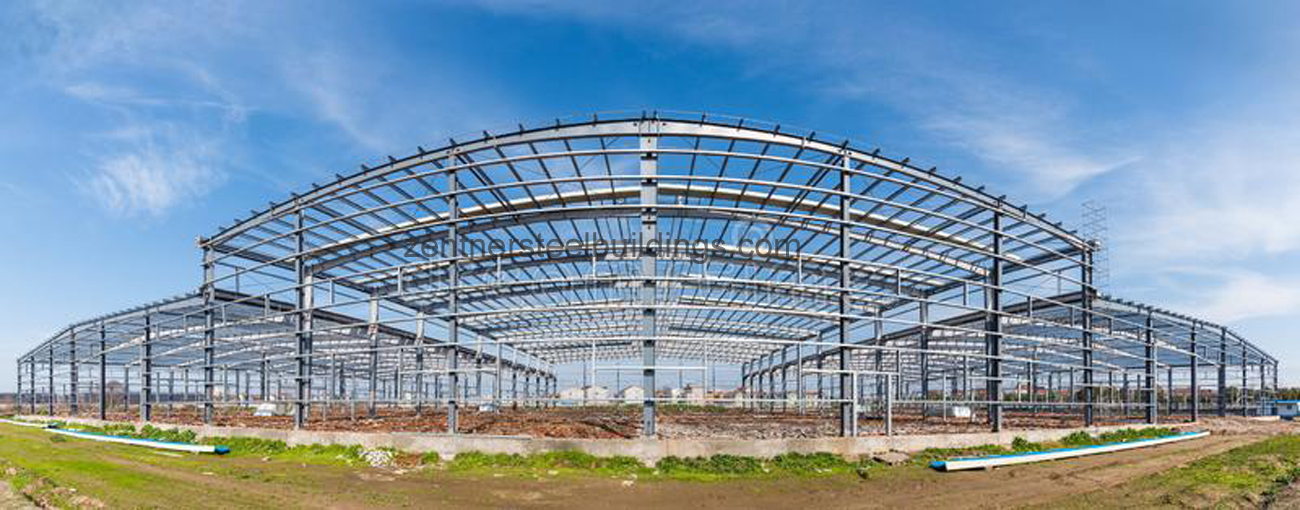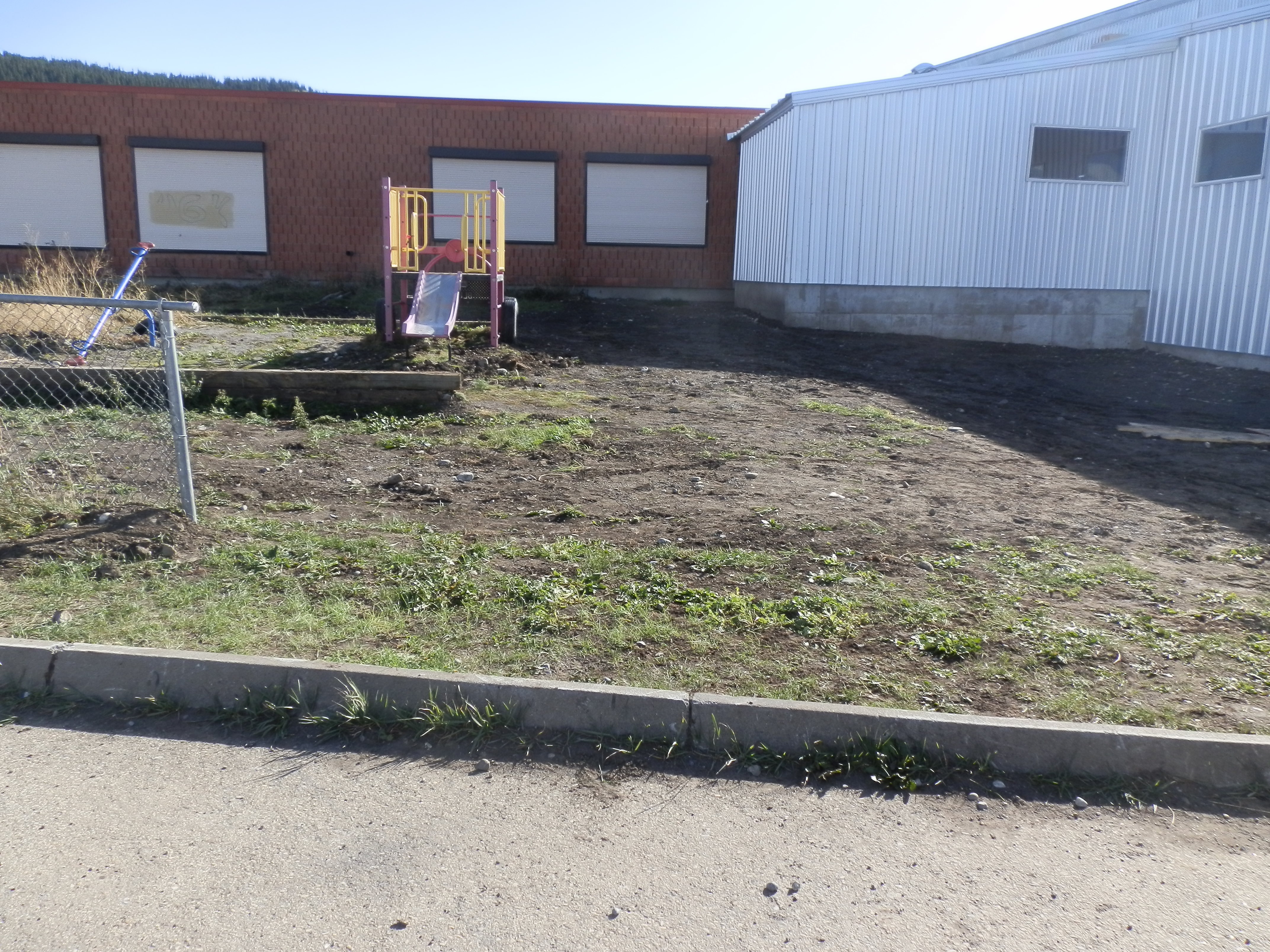In the realm of architecture and construction, the rise of steel buildings has been nothing short of a revolution. These towering giants have not only transformed the way we look at spaces but have also revolutionized the entire construction industry. This article delves into the aesthetic marvels of steel buildings, exploring their design versatility, environmental benefits, and the future they hold in transforming our urban landscapes.
Introduction
The Evolution of Steel Buildings
Steel buildings have come a long way from their humble beginnings. Once known for their utilitarian appearance, today's steel structures are exemplars of architectural beauty and functionality. Let's uncover the aesthetic marvels that have reshaped our skylines.
The Design Versatility of Steel Buildings
1. Innovative Shapes and Forms
Steel's flexibility allows architects and designers to dream beyond traditional boundaries. Curved, twisted, or cantilevered, steel buildings defy the ordinary, creating visually striking structures that captivate the eye.
2. Glass Facades and Transparency
The use of expansive glass facades in steel buildings fosters a sense of openness and connectivity with the surrounding environment. Natural light floods the interiors, reducing the need for artificial lighting and enhancing the occupant experience.
3. Integration of Nature
Green architecture is on the rise, and steel buildings are at the forefront of this movement. Rooftop gardens, living walls, and vertical gardens seamlessly integrate nature with steel structures, providing a breath of fresh air in urban landscapes.
Sustainability and Environmental Benefits
4. Energy Efficiency
Steel buildings are inherently energy-efficient. Their ability to support advanced insulation materials and energy-efficient HVAC systems ensures reduced energy consumption and a smaller carbon footprint.
5. Recyclability
Steel is a highly recyclable material, making steel buildings eco-friendly choices. At the end of their lifecycle, these structures can be deconstructed and their components reused, minimizing waste and conserving resources.
The Future of Steel Buildings
6. Skyscraping Wonders
The race to build taller structures continues, and steel is the primary contender. With advancements in engineering and materials, we can expect to see even more awe-inspiring skyscrapers gracing our cities.
7. Smart Integration
The era of smart buildings is here, and steel structures are at the forefront of this transformation. From automated climate control to intelligent security systems, steel buildings are becoming hubs of innovation and connectivity.
Conclusion
Steel buildings have evolved into architectural marvels that seamlessly blend aesthetics, sustainability, and functionality. Their design versatility, coupled with their environmental benefits, propels them into the future of construction. As we gaze at the ever-changing skyline, it's clear that steel buildings will continue to transform our urban spaces.






